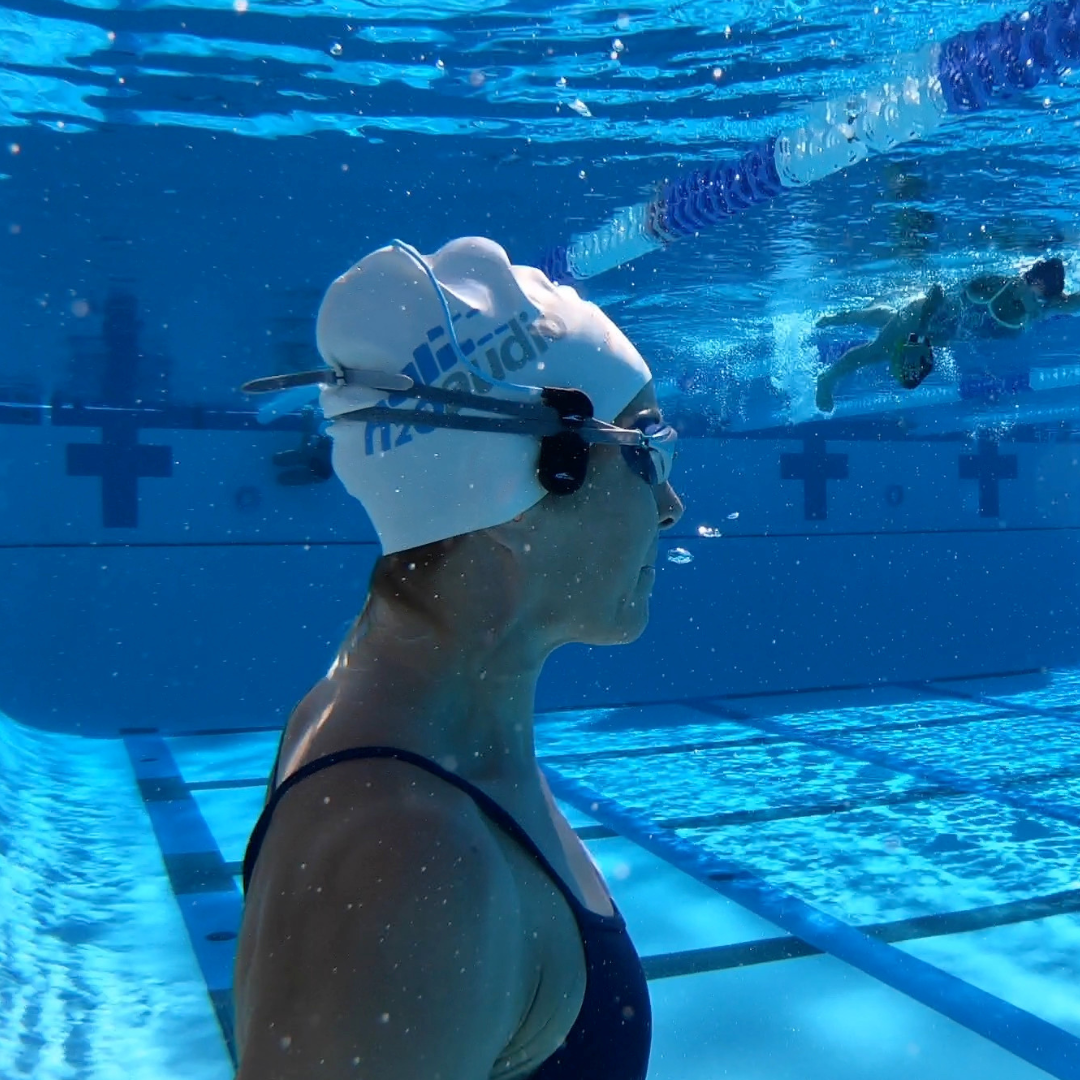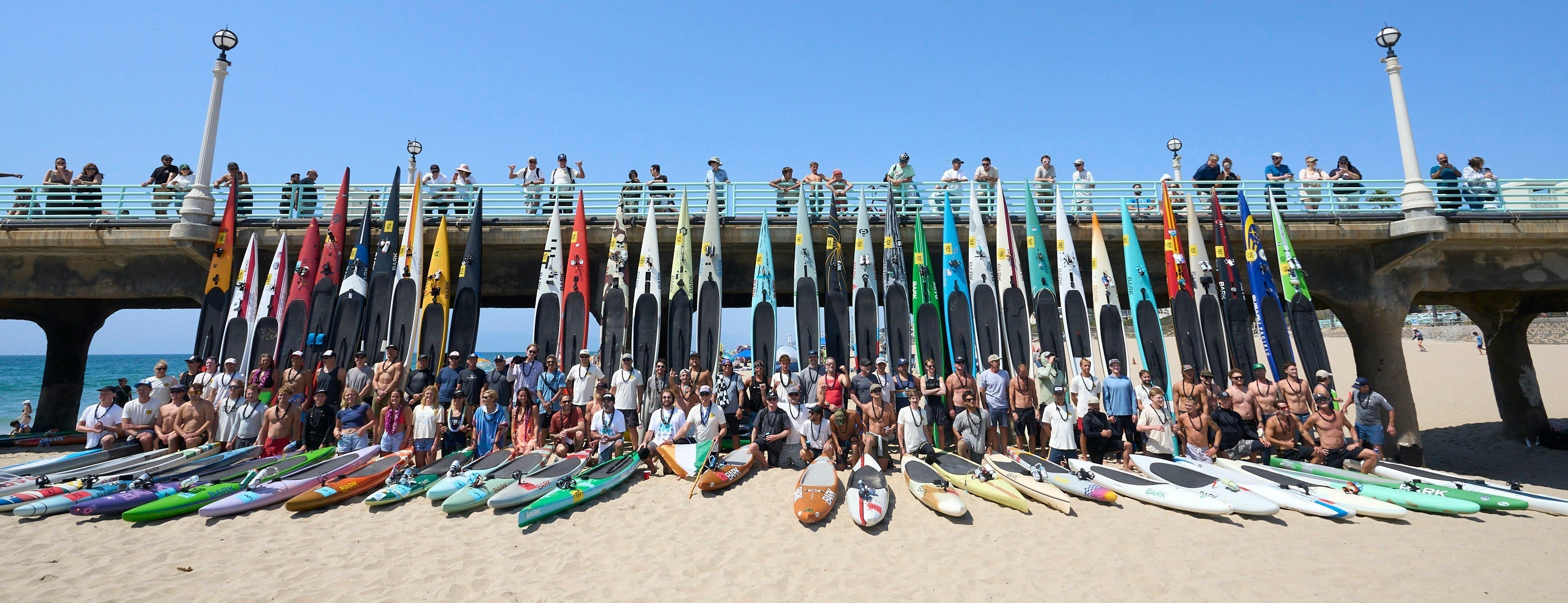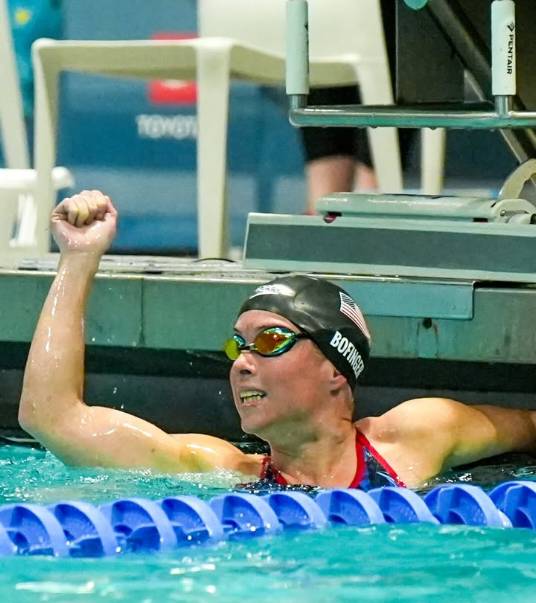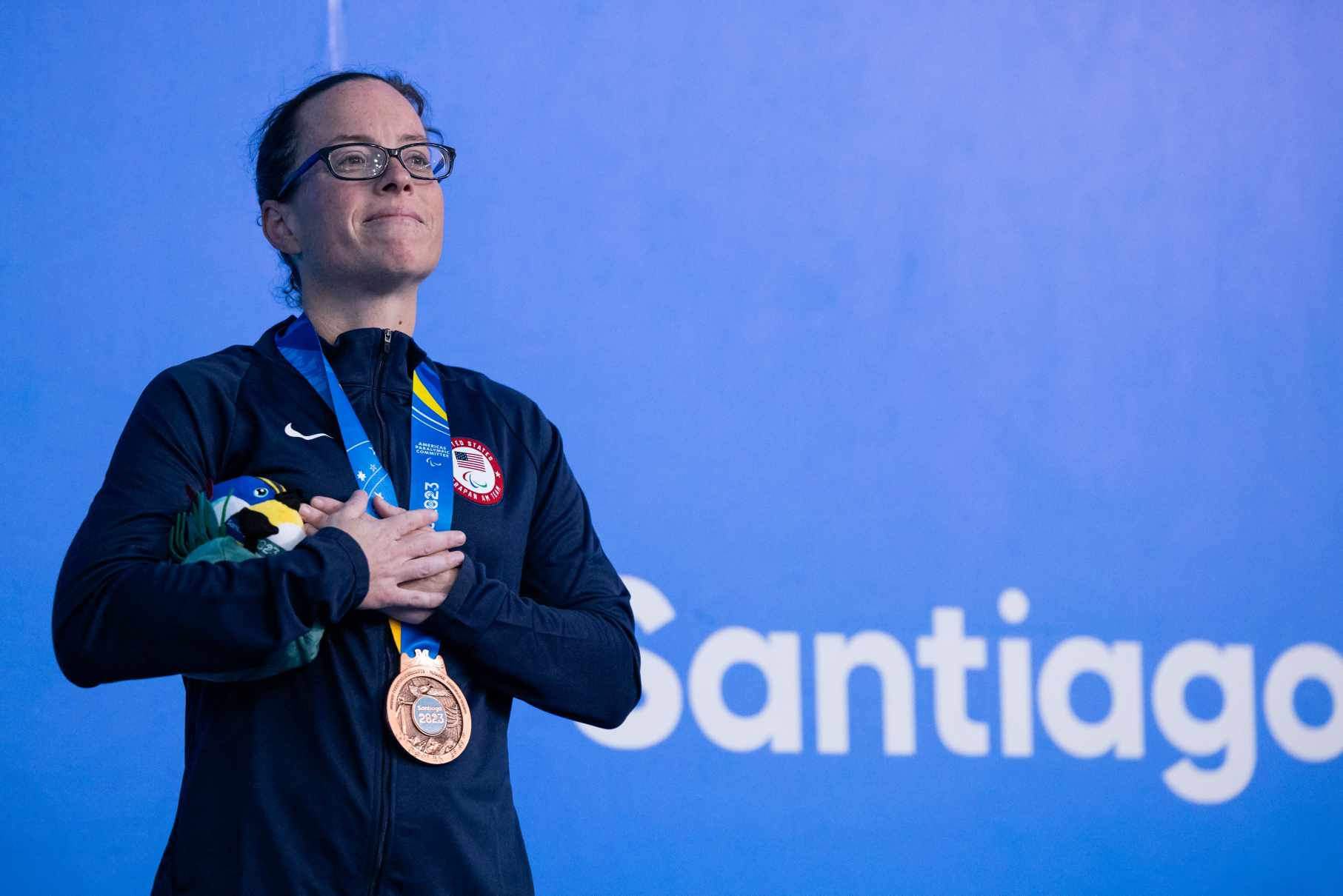At H2O Audio, we are dedicated to providing an unparalleled audio experience for water enthusiasts. Our products are designed to deliver exceptional sound quality, durability, and comfort. A critical component in achieving this superior audio performance is the use of ear plugs when swimming. We include a set of blue ear plugs with every product. Here’s why we recommend using them (or a pair of ear plugs you already like) and how they amplify sound when paired with our bone conduction technology.
We spoke with Pro Triathlete Sarah True who has been training with the Sonar Pro, we recommended using the ear plugs. A few days later she emailed us back and said "GAME CHANGER. The sound was great before, but with the ear plugs even more amazing experience listening to my music as I do my swim workouts."
The Role of Ear Plugs in Water
When you're swimming, surfing, or participating in any water activity, your ears are exposed to water, which can create an acoustic barrier and affect sound quality. Our blue ear plugs are specifically designed to counteract this issue, providing a clearer and more immersive audio experience even in the water.
How Ear Plugs Enhance Bone Conduction Audio
-
Waterproof Seal: The primary function of ear plugs is to create a waterproof seal. This seal prevents water from entering the ear canal, protecting your ears and eliminating the muffling effect water can have on sound. By keeping water out, the ear plugs ensure that bone-conducted sound waves travel efficiently to your inner ear without interference.
-
Optimized Sound Conduction: Our ear plugs are made from high-quality silicone, designed to fit snugly and comfortably. This tight fit enhances bone conduction by blocking out external noise and focusing the sound from your headphones directly into your inner ear. This allows you to hear your music more clearly and with greater detail, even in noisy swimming pools or ocean environments.
-
Increased Bass and Clarity: Bone conduction technology delivers sound through vibrations directly to the inner ear. When water is kept out of the ears, low-frequency sounds, such as bass, are transmitted more effectively. Our blue ear plugs help maintain the integrity of the sound profile, allowing you to enjoy deep, rich bass tones and clear treble. This balanced sound experience can significantly enhance your listening experience while using our waterproof headphones.
-
Comfort and Fit: We understand that comfort is crucial, especially during prolonged water activities. A secure and comfortable fit not only enhances sound quality but also ensures that the ear plugs stay in place, allowing you to focus on your activity without distractions.
Using Your Blue Ear Plugs
-
Choose the Right Size: Our ear plugs within your package, fit most ears. You may need or like another brand of earplugs that fits your ears snugly without causing discomfort. A proper fit is essential for creating a waterproof seal and optimizing sound quality.
-
Insert Properly: Insert the ear plugs gently into your ears, ensuring they create a tight seal. If you’re new to using ear plugs, it might take a few tries to get them positioned correctly, but it’s worth the effort for the improved sound experience.
-
Pair with H2O Audio Bone Conduction Headphones: Use the ear plugs in conjunction with your H2O Audio bone conduction headphones. Our products are designed to work together, providing the best possible audio performance in and out of the water.
Conclusion
At H2O Audio, we are committed to delivering the best audio experience for water sports enthusiasts. Our blue ear plugs are a small but vital component in achieving this goal. By creating a waterproof seal and enhancing sound conduction through bone conduction technology, they ensure that you can enjoy your music with clarity and depth, even while submerged. So, the next time you gear up for a swim, make sure to use our blue ear plugs (or your favorite brand) and elevate your aquatic audio experience to the next level.





Share:
Power of Community and supporting women by Angela Naeth
6 Essential Tips for Athletes to Stay Hydrated During Summer Training